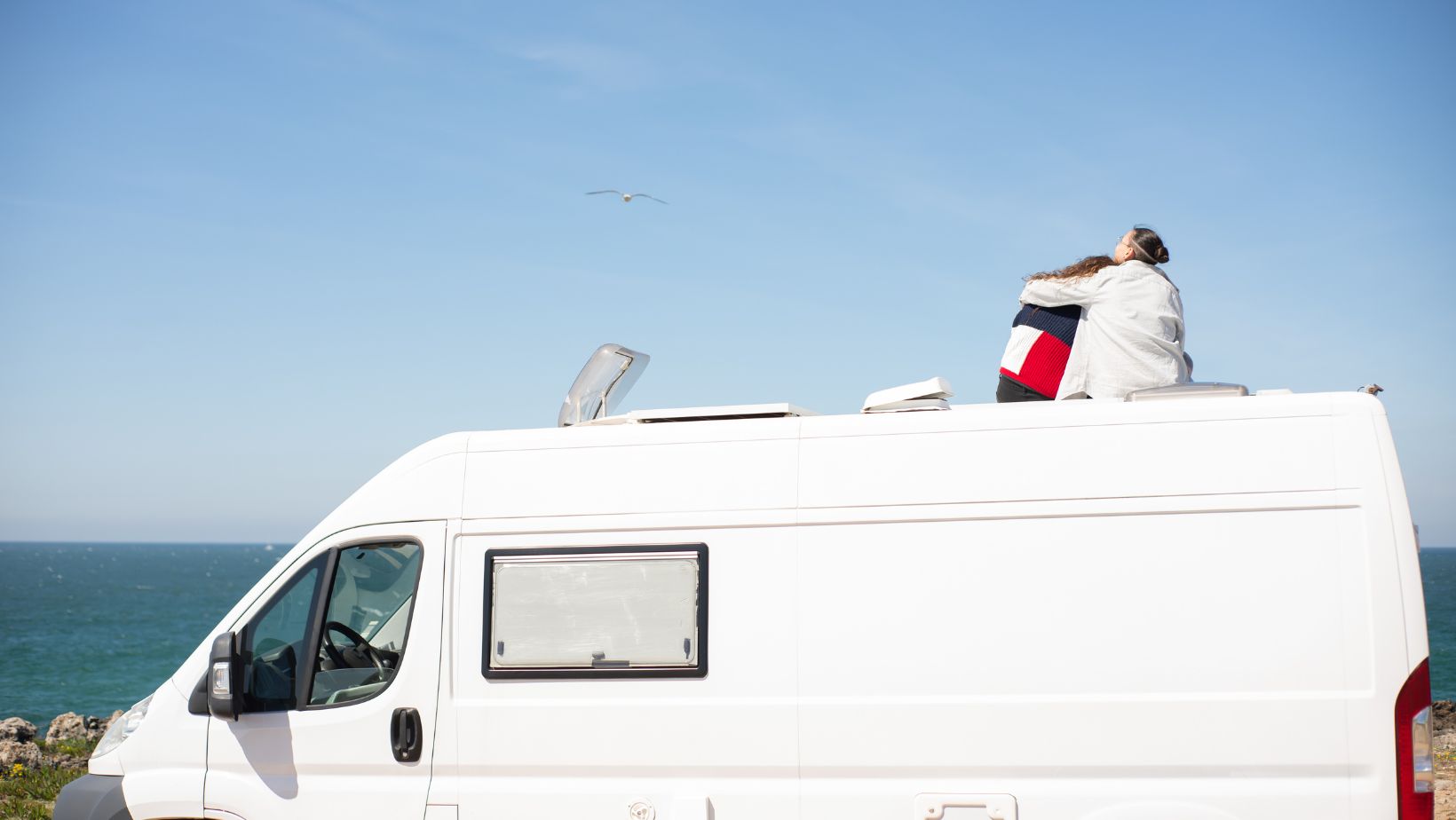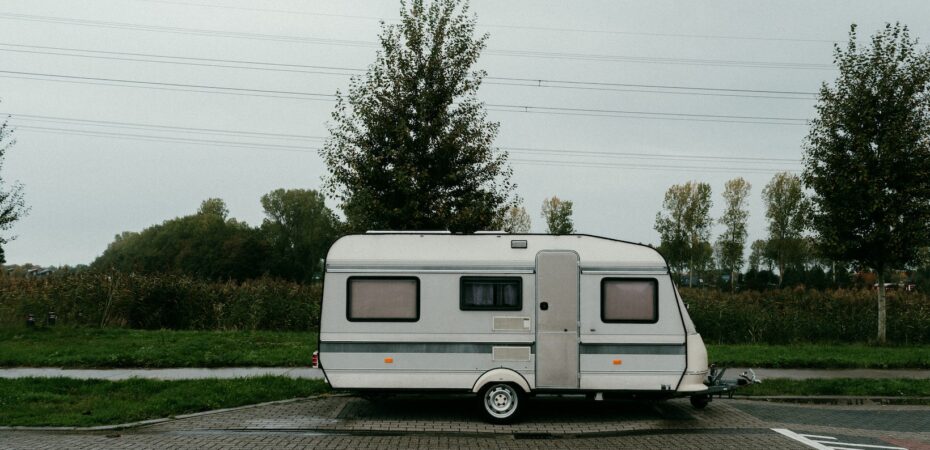With the weather becoming more severe and less predictable, RV owners now face higher risks of weather-related damage. Despite thinking that motorhomes are incredibly durable, which to a point most are, they aren’t immune to the roughest stuff that Mother Nature can dish out. Hurricanes, thunderstorms, and blizzards can do a lot of damage to an RV, sometimes so much that its repairs outweigh the rig’s value.
What To Do About Storm-Related RV Damage
Mother Nature can sometimes hit your RV with a bit more than it can handle. While most rigs can weather the average storm, those that pack a bigger punch can do significant amounts of damage. One of the biggest issues RVers have to deal with after a particularly nasty storm has to deal with rainwater and the devastating effects it can have on a rig.
Winter snowstorms can also cause an immense amount of damage. Heavy snow from a blizzard can wreak havoc on an RV’s already paper-thin roof. The accumulating weight from heavy snowfall can cause a roof to buckle, causing cracks or, worse, eventually, letting in water, so you’re hit with two problems at once. Again, water is the biggest issue from storms.
How To Handle a Water-Damaged RV
Since the most common RV damage after a storm involves water, we’ll focus on how to handle that type of issue. Whether extensive or minor, water where it’s not supposed to be is the bane of all RV owners. It can damage plywood side walls and floors to the point where they rot and become structurally unsound, while water can also hide in every nook and cranny, promoting the growth of mold and mildew. Neither of these issues is good for your RV.
If a weather event has caused extreme damage to your rig, you can sell your junk RV in Utah to a specialized RV dealer. Once the cost of repairs is close to the value of the rig, it’s time to unload it. Contact a junk RV buyer today who’ll purchase your storm-damaged RV today.

However, if you still cling to it, here are the several steps you’ll need to take to ensure that its structural integrity is intact and that it’s also free of mold. Here’s what you’ll need to do.
Clean Out Dirt and Mud
If your RV experienced a strong storm and flooding, chances are dirt and mud found its way inside. Clean up as best as you can, ensuring that you’ve gotten all of the leftover debris and dirt back outside where it belongs. Don’t wait for the interior to dry. Cleaning as soon as possible will minimize the chances of staining.
Remove Damaged Areas
Any surfaces that experienced prolonged exposure to water could be damaged beyond use. Inspect all appliances, counters, storage areas, and any other places or surfaces that were exposed to water. Identify damaged areas and remove them.
Inspect Floor and Walls
Floors exposed to a lot of water can soften them, especially if water pooled for a while. Inspect every inch of the floor and look for soft spots or areas that feel springy. Deeply soaked floors are vulnerable to wood rot and mold. These spots will need to be cut out and replaced. The same goes for an RV’s walls. Look for staining, soft spots, and wrinkling wallpaper. Unfortunately, you may need to strip the wall coverings to thoroughly inspect the walls for water damage.
Tackle Mold Growth
After a storm that’s left your rig water-damaged, one of the biggest issues is mold. Once it begins to overtake an RV’s interior, it can be almost impossible to combat yourself, and it’ll turn into a health hazard. Use a mixture of one part bleach and four parts water and put it into a spray bottle. Spray all affected areas and surfaces and let it soak for a while before using elbow grease to scrub. Finish by cleaning everything with a mixture of soap and water.

Mold can begin to form in as little as 48 hours, so it’s crucial to tackle this issue as soon as possible. Although any type of mold within an RV can be a health hazard, black mold is the most toxic.
Let Everything Air Out
You need to let the entire interior completely dry out before replacing any flooring, walls, ceilings, or anything else that you had to remove that was far too waterlogged to keep. Open the doors and windows. Using fans can help to speed up the process, but don’t replace anything until you’re sure everything inside is bone dry.
Storm-Damaged RVs: The Ideal Solution
As you now know, repairing an RV that’s been ravished with rainwater from a storm can be a time-consuming and exhausting process. Some companies can inspect and restore a storm-damaged RV, but since the process is incredibly labor intensive, the costs can easily be equal to the value of an old rig. There is, however, another solution.
Rather than spend a boatload of time and/or money to ensure that the integrity of the rig isn’t compromised and infested with mold, consider selling it to a specialized dealer that buys RVs regardless of water damage, mold infestation, mileage, or age. They’ll come to you, tow it away, and leave you with more money than you probably expected.


 By
By 




